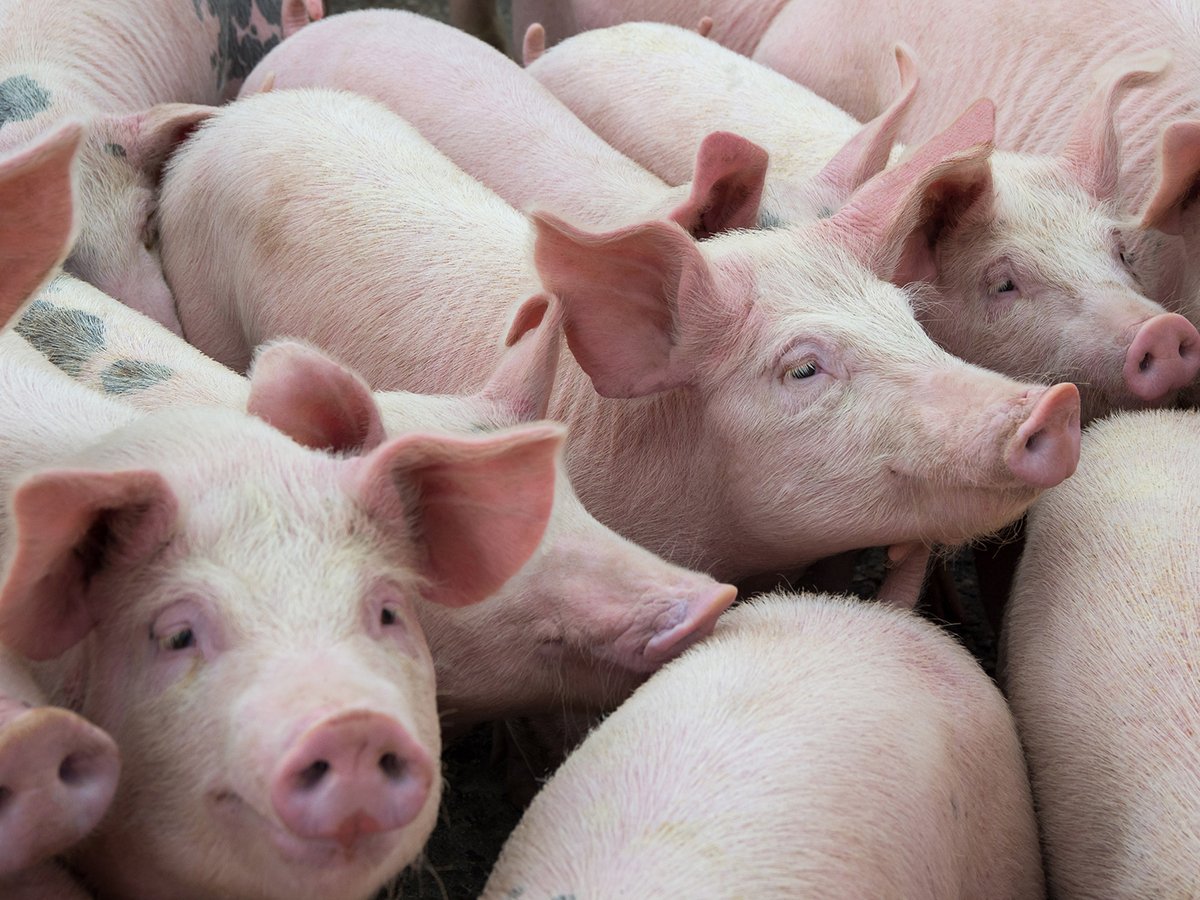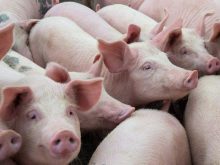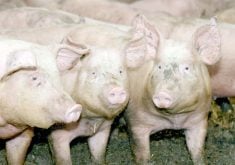The BSE crisis has transformed the way Canadian Holstein breeders market animal genetics.
“There is more demand for embryos because it is really the only way of getting the genetics out,” said Keith Flaman, secretary manager of Holstein Canada.
Breeders typically exported 85,000-95,000 Holstein heifers annually until a BSE-infected Alberta cow brought an abrupt end to that trade.
“We haven’t shipped a live cow out of Canada since May of 2003,” said Flaman.
He estimates the crisis has taken $200 million out of breeders’ pockets.
Read Also

Quebec pork company calls for transparency around gene-edited pigs
Quebec-based pork company duBreton is calling for transparency around meats from gene-edited pigs on concerns that a lack of mandatory labelling will confuse consumers, and dilute certification claims. The organic sector is also calling for labelling rules.
But as time drags on, farmers are finding ways to replace that lost revenue, said David Chalack, Canadian sales and marketing manager for Alta Genetics Inc.
“There has been a great renewal of interest in purchasing the genetics through embryos,” he said.
The embryo trade was initially caught up in the BSE quagmire, but most international markets now accept Canadian shipments.
Chalack estimates the pace of trade has doubled from pre-BSE levels, with lower to mid-quality product heading to China and Eastern Europe, while high-end embryos are being sent to the United States and Western Europe.
Canadian producers and their foreign customers are starting to realize some of the benefits of shipping animal genetics in containers.
“The cost of freight is minimal,” said Chalack.
Holstein breeders can put 500 embryos in a semen tank and ship it anywhere in the world for what it used to cost to export one live animal.
In addition to accessing genetics from the top cows in Canada in a cost-effective manner, customers are able to minimize herd health risks, said Chalack.
“When you bring in live animals from other farms it is like bringing kids into a day care.”
If one of the imported cows has a virus it can infect the other animals. But when an embryo is implanted into a cow, the buyer can get the latest genetics without risking a disease outbreak.
Canadian dairy breeders are also realizing an unexpected benefit from the border closure, a direct result of all the superior animals staying in the country.
“The national Holstein herd will improve quite significantly because of this,” said Chalack, who is also a partner in Rocky Mountain Holsteins.
An active domestic trade in top-notch Holsteins is keeping the price for superior cattle as high as it has ever been, with animals regularly fetching $20,000-$50,000 at cattle auctions across the country, he said. The same cannot be said for the low to mid range portion of the herd.
“A lot of animals that would have sold for $2,500 are now selling for $800-$1,000,” said Chalack.
Despite the surge in embryo sales and strengthening of the Canadian herd, Holstein breeders are anxious for the border to reopen to live animal exports so they can capture better prices for the bulk of their cattle.
It will also clear up the oversupply of cull animals, although that problem has become much more manageable due to increased Canadian slaughter capacity, said Chalack.
Flaman said it is anybody’s guess as to when the border will reopen to slaughter animals. One certainty is that Holstein breeders will probably have to wait an additional six foot-tapping months before trade resumes for breeding animals. Another is that they will likely face a number of new conditions for shipping cattle into the U.S.

















